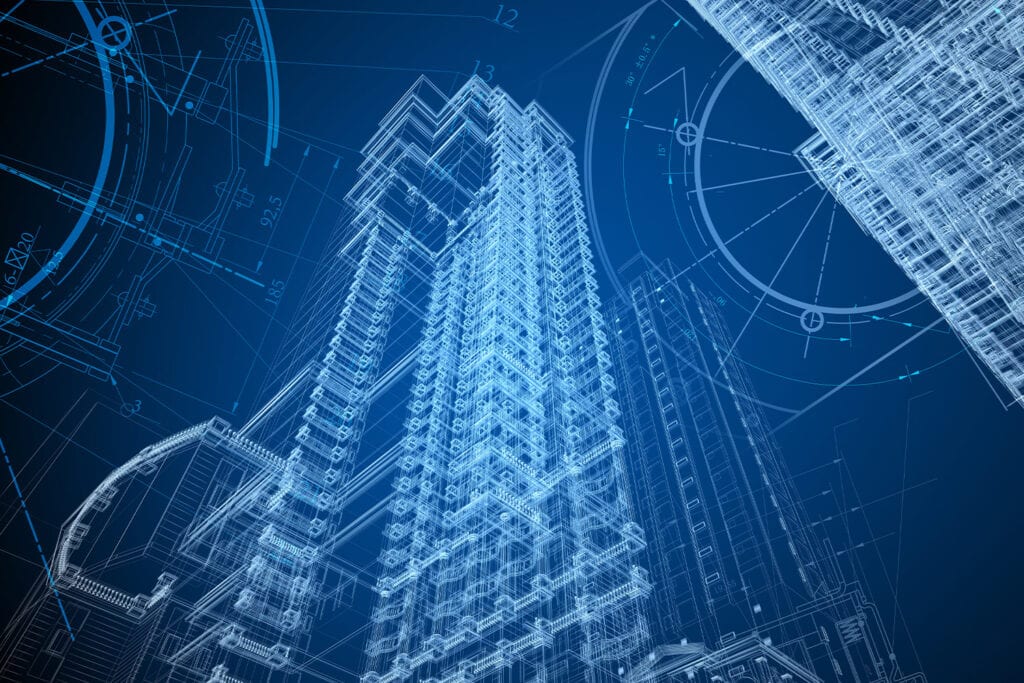Digitisation is revolutionising the construction industry
Digital technology is transforming the way we work. The last decade has seen greater use of technology within the construction industry.
This has been partly catalysed by the 2011 UK Government Construction Strategy, as well as white papers promoting the use of off-site construction and drones. There are now conferences devoted to discussing the use of Blockchain in construction, and 3D printing is a reality.
The built environment is undergoing a major but slow transition towards Construction 4.0, with increased digitalisation, automated production, assembly and delivery. The impact of the Covid-19 pandemic has propelled our use of technology and innovative processes. Not only to make continued working possible, but also in response to increased awareness around cost, efficiency, and health and safety benefits.
Harnessing big data provides us with greater insight into the way people use and interact with the spaces we design, ultimately improving building performance.
Embracing digital technologies
The digital revolution of the built environment is happening slowly but surely. For example, the concept of a golden thread of information – made possible due to the use of technologies like building information modeling (BIM) – has now been consolidated in the Building Safety Bill. BIM has also gathered renewed interest recently due to the publication of the BIM international standards, the ISO19650 series. This is based on the previous UK standards and is being implemented worldwide.
There has been increased awareness and requests for the use of BIM within the industry. Buro Happold uses BIM as standard, and so as a result, we have positioned ourselves as a digital leader in our industry. Embracing digital technologies creates a better, more efficient built environment. It allows us to gain a deeper understanding of the impact our designs have on people, along with their wider social and economic consequences.

The digital revolution is happening slowly but surely
The other technology concept or buzzword garnering regular attention is that of digital twins – a digital replica of potential and actual physical assets, processes, people, places, systems and devices.
Some people say it is just the latest technology jargon, but I disagree. Digital twins are developing in a more organised way than they appear. I was a member of a working group that produced the UK National Digital Twin Roadmap, which is in the process of being implemented as an industry standard.
Within Buro Happold, we are already working with clients to provide digital twins and developing services specifically aimed at supporting the creation of a golden thread of information.
However, one unfortunate and consequential impact of Covid-19 has been the hardening of the insurance market. The availability and scope of professional indemnity insurance for consultants and contractors has become increasingly stringent or narrow. The costs for cover have also increased exponentially.
All these factors make it sound like the construction industry is in the midst of an immediate revolution. In truth, the pace is far more leisurely, despite increased digitisation and efficient use of technology being essential for the survival of the industry.
There are various reasons for this, not least mindset and lack of clarity in documentation. There are many of us in the industry working to resolve both these issues. With that being said, the digital revolution is happening slowly but surely. We have at least moved beyond people claiming, that all this technology is “just CAD on steroids” and will be forgotten tomorrow.













